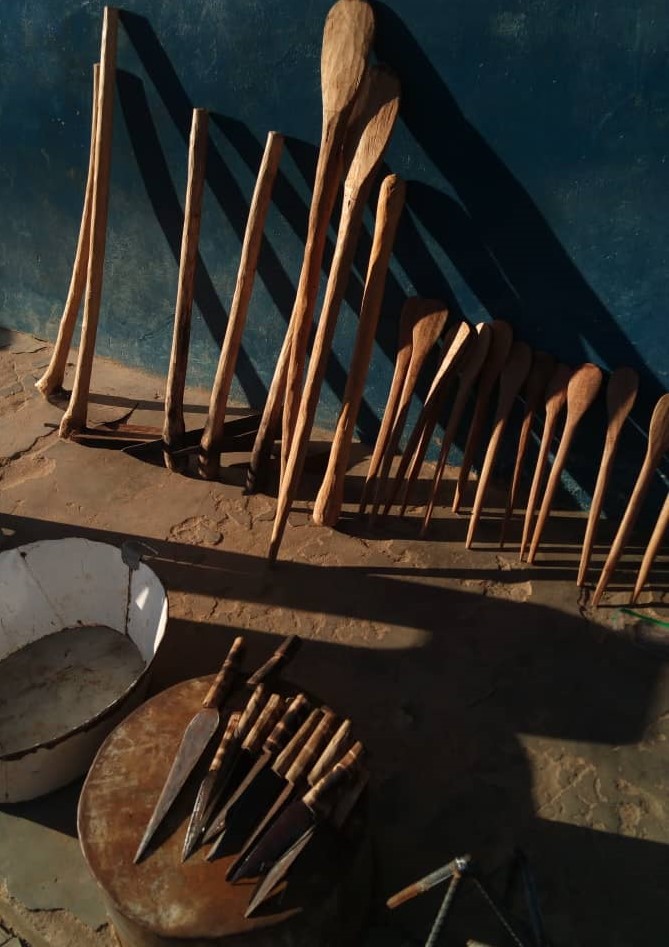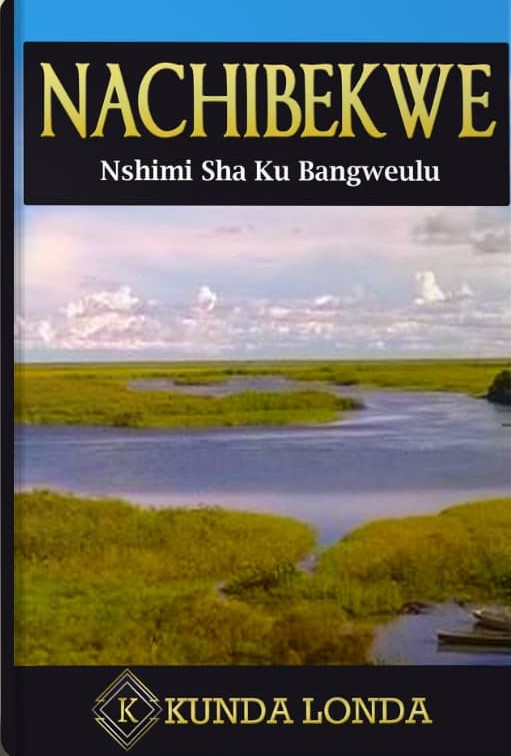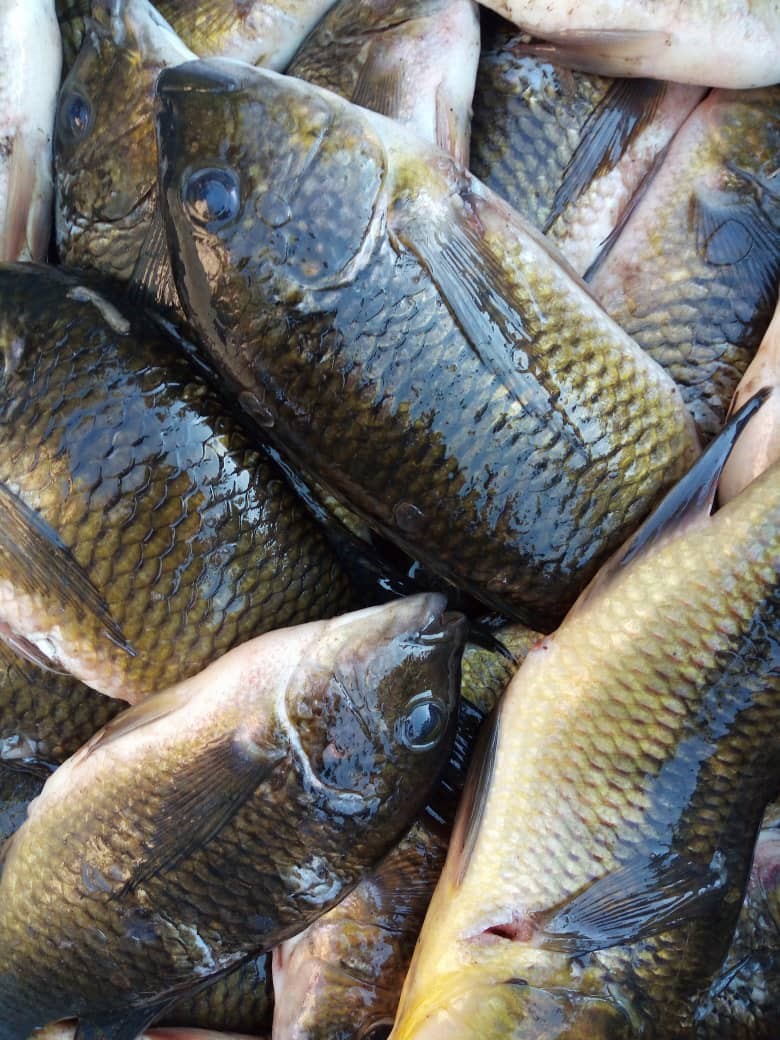TABOO BETWEEN HOLY PAGES

It is termed Nkutu in the Bisa language. The seasonal, temporal farming camp, where families trekked in search of fertile land for cassava cultivation. This was necessitated by the overuse of land around villages, leaving it barren for any meaningful farming. Almost every capable person would go and encamp ku Nkutu, in distant places, leaving their villages almost vacant, for not less than three months. Depending on where you secured fertile land, there would be a sizable number of families in Nkutu . The farming season was normally between November and March. We cultivated reasonably vast fields where we grew cassava and sweet potatoes before returning home. Life here was a bit alien, especially when it came to the availability of my favourite fish. We often fed on two main kinds of vegetables, katapa – cassava leaves or kalembula- sweet potato leaves. For many men from our village who were customary fishermen, living in such condit...
 SoundCloud
SoundCloud





